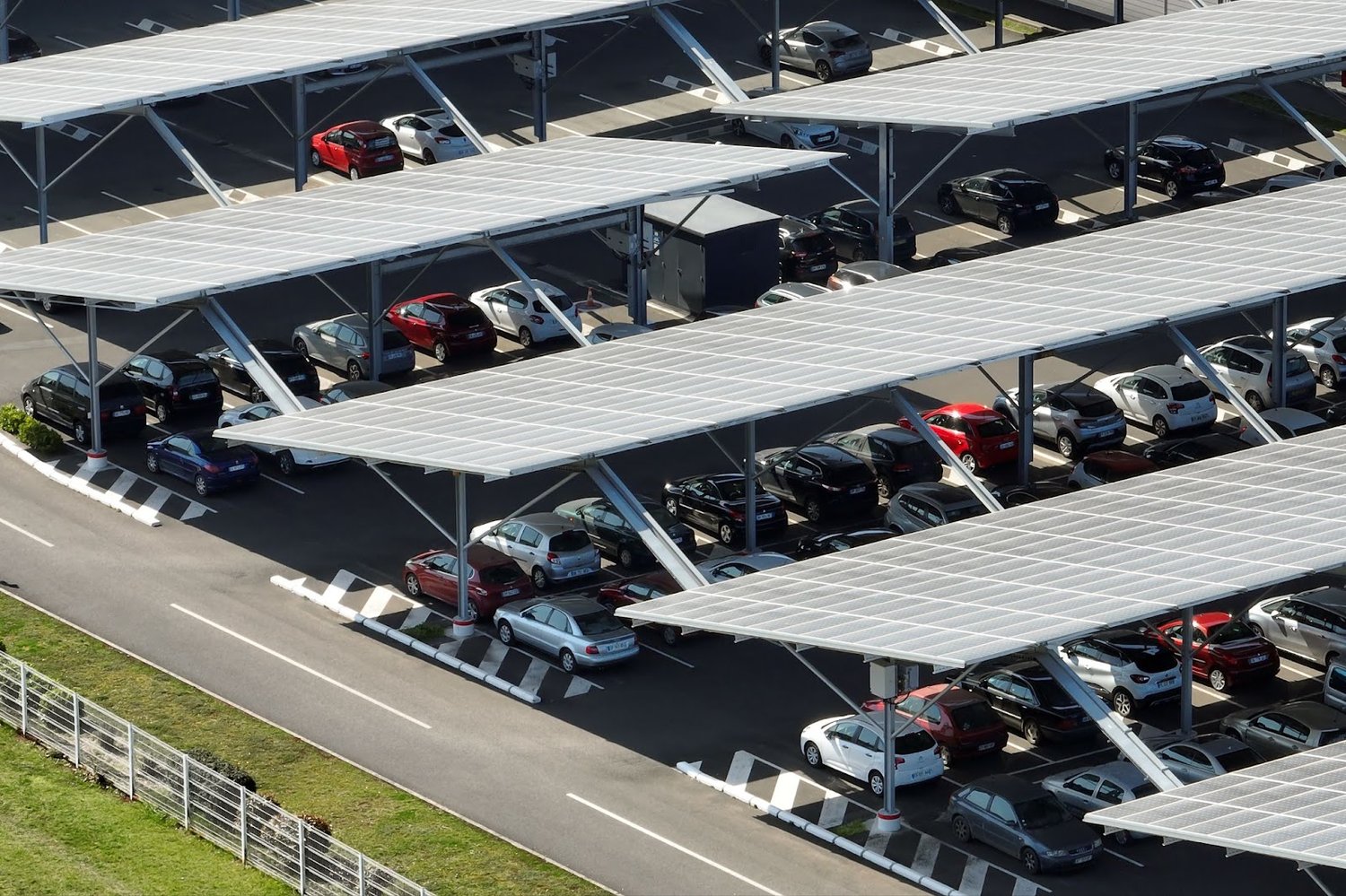healthmyths
Diamond Member
- Sep 19, 2011
- 30,017
- 11,482
- 1,400

Can the Power Grid Handle Electric Cars? — EV Connect
The power grid can handle the coming surge in electric vehicles, but utility companies must prepare for it now. Here are three things utilities can do today.
According to the U.S. Department of Transportation, the typical American drives their car about 13,500 miles per year. A typical EV would require about 3,857 kilowatt-hours (kWh) of electricity. For 26.4 million EVs, that’s over 101 terawatt-hours (TWh) of electricity in a year or about 2.5% of what the U.S. grid produced in 2020.
Although it’s a small percentage, it’s much more than what we’re currently asking of the electrical grid.
Can the Power Grid Handle the Growing EV Demand?
But it will take planning on the part of utility companies in order to handle it well. Without proper preparation, a scenario in which our busiest cities see their electrical grids regularly overloaded during peak-demand times is not at all far-fetched.
Consider a grid in a large city at around 6:00 on any given weeknight. Everyone just arrived home. They’ve turned up the air conditioning, started running the oven and microwave, and flipped on the television.
And, in an EV-heavy future, they’ve also plugged in their car for a recharge.
This creates a massive surge in demand, and it will quickly overload the grid.
This is what I've been showing regarding the "Unaccounted costs" for forcing migration to EVs.
Where will this $21 trillion come from? YOU and ME in higher electric bills!
BUT more importantly... what happens if the upgrading of the grid is slower than the expansion of EVs?
More black outs...

The Grid Needs A $20 Trillion Upgrade To Support Energy Transition | OilPrice.com
Upgrading the global electrical grid comes with a unique set of challenges including local opposition, skill shortages, and a financing problem.



